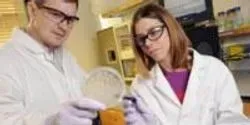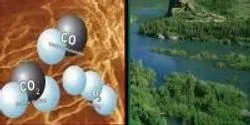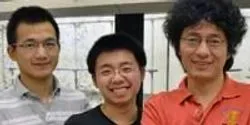Chemistry

With fears growing over chemical and biological weapons falling into the wrong hands, scientists are developing microrockets to fight back against these dangerous agents, should the need arise. In the American Chemical Society journal ACS Nano, they describe new spherical micromotors that rapidly neutralize chemical and biological agents and use water as fuel.

While studying the atmosphere on Saturn’s moon Titan, scientists discovered intriguing zones of organic molecules unexpectedly shifted away from its north and south poles. These misaligned features seem to defy conventional thinking about Titan’s windy atmosphere, which should quickly smear out such off-axis concentrations.

The American Chemical Society (ACS) announced today that internationally renowned chemist Carolyn Bertozzi, Ph.D., will take the helm as editor-in-chief of its first fully open access journal, ACS Central Science, which is set to launch in early 2015. Currently a Howard Hughes Medical Institute (HHMI) investigator at the University of California at Berkeley, Bertozzi is widely recognized as one of the most accomplished and respected chemists of her generation.

A new class of synthetic platelet-like particles could augment natural blood clotting for the emergency treatment of traumatic injuries – and potentially offer doctors a new option for curbing surgical bleeding and addressing certain blood clotting disorders without the need for transfusions of natural platelets.

Astronomers searching the atmospheres of alien worlds for gases that might be produced by life can't rely on the detection of just one type, such as oxygen, ozone, or methane, because in some cases these gases can be produced non-biologically, according to extensive simulations by researchers in the NASA Astrobiology Institute’s Virtual Planetary Laboratory.















